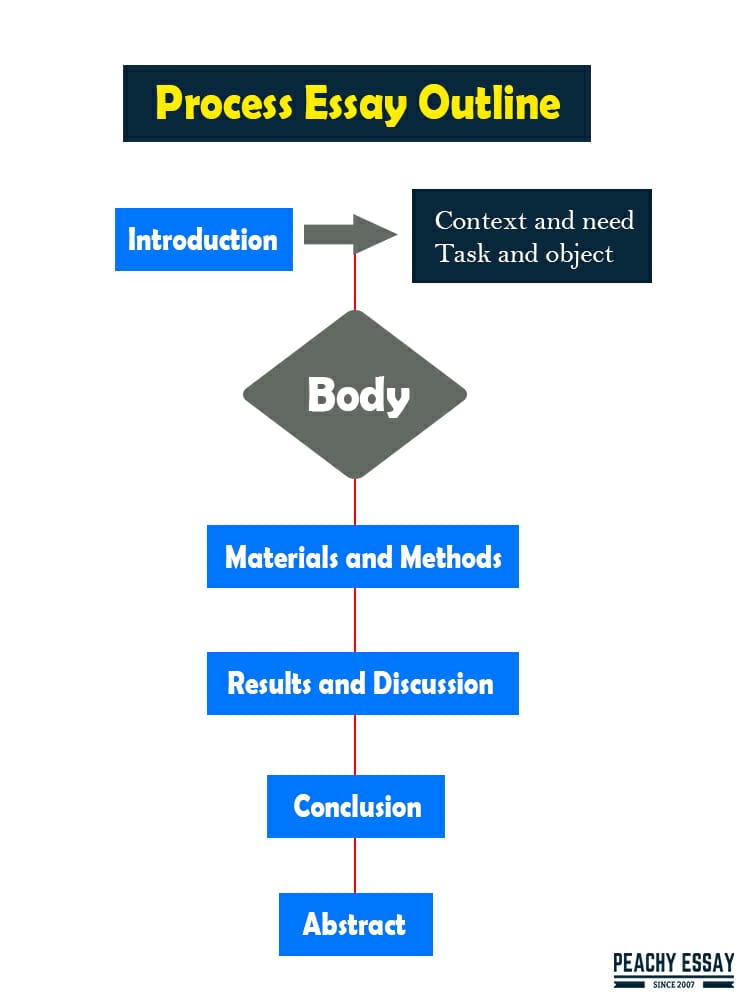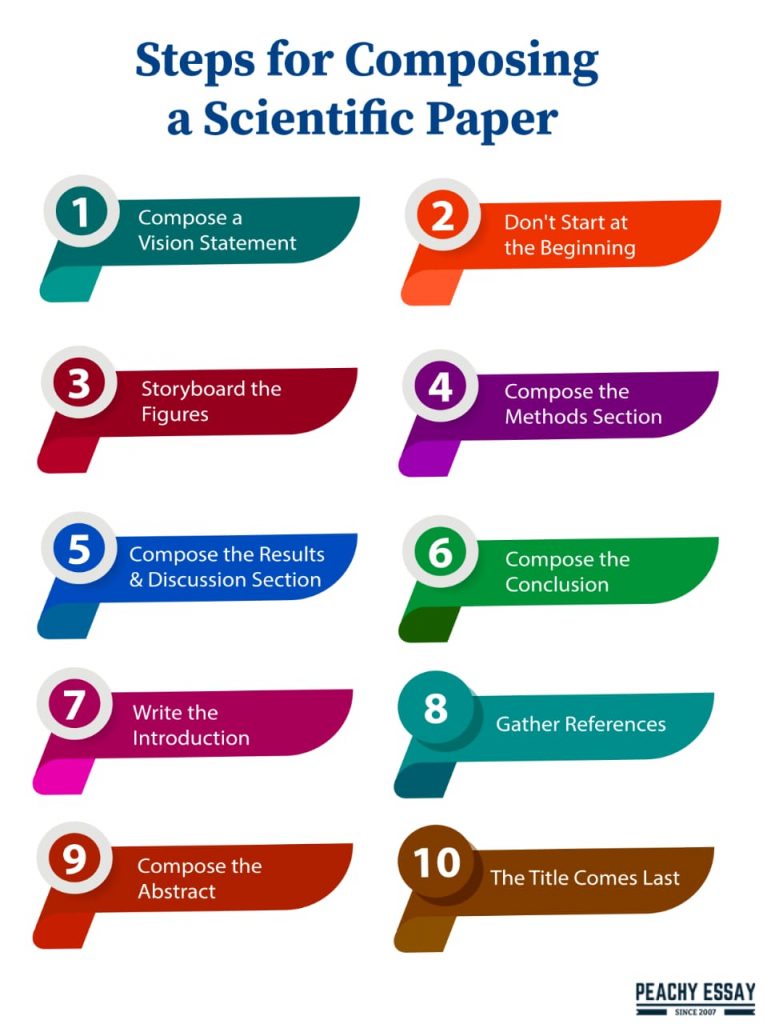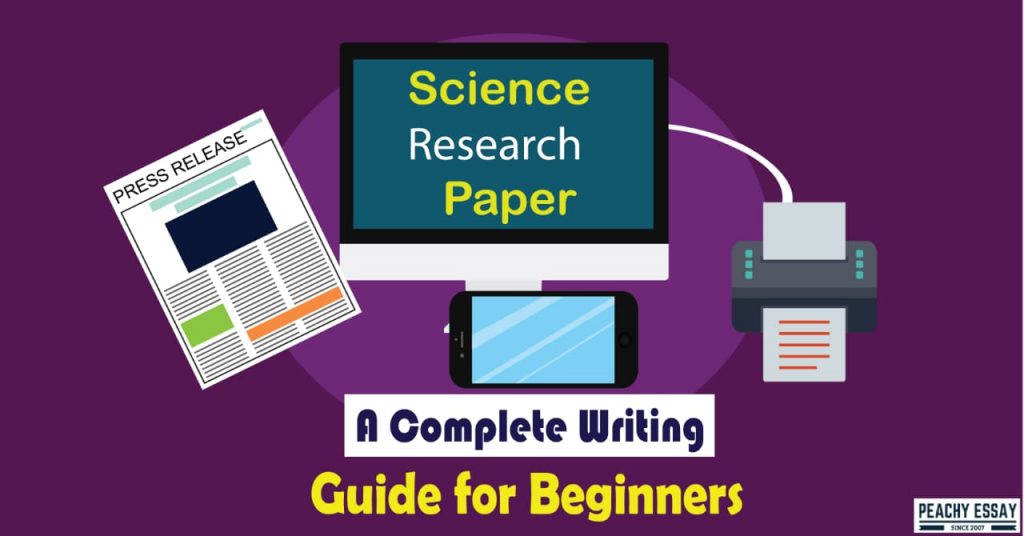Researchers for sure lack insight into scholastic composing, making it hard for them to deal with scientific papers. Moreover, they don’t have adequate time, assets, and time to practice and track down their exceptional style. You don’t need to be an incredible author to craft a triumphant paper. With a little exertion, commitment, and a precise manual to follow, any understudy can present a strong logical piece.
What are Scientific Papers?
Scientific pieces are meant to help you share your own unique studies with different researchers or investigating the exploration directed by others. Accordingly, these papers are crucial to the advancement of current science where the one project of one author relies on others. To arrive at their objective, research should intend to inform, not intrigue. They should be exceptionally discernible — that is, concise, precise, and compact. They are bound to be referred to by different researchers if they are useful instead of obscure or egotistical.
Scientific Paper Structure
Research pieces reporting test projects are frequently organized sequentially in five areas, as explained below.

Introduction
In the Introduction segment, express the inspiration for the work introduced in your article and get ready readers for the design of the piece. Compose four segments, likely (however not really) in four passages: setting, need undertaking, and report object.
In the introduction, you should give the accompanying.
Context and need
Toward the start of the introductory area, the need and context work as a funnel: They begin wide and continuously narrow down to the problem tended to in the paper. To arouse interest among your audience, give a convincing inspiration to the work introduced in your paper.
Compose the context such that it appeals to an expansive scope of readers and leads into the need. Try not to incorporate setting for including it: Rather, give just what will aid the audience better comprehend the need and, particularly, its significance. It is vital to anchor the setting on schedule, utilizing expressions, such as late, in the previous 10 years, or since the mid-1990s.
Task and object
An Introduction is typically clearer and more consistent when it isolates what has been done by the authors. At the end of the day, the errand explains your commitment as a researcher. Simultaneously, the document’s object plans readers for the paper’s structure, consequently permitting engaged or specific perusing.
For the task, use whoever accomplished the work as the subject of the sentence: we or maybe the creators; utilize an action word communicating an examination activity: estimated, determined, and so forth; Set that action word in the past tense.
Examples:
In the controlled tests, we examined the impact of the HMP limit conditions on liver streams. To handle this issue, we built up another product confirmation method called unmindful hashing, which ascertains the hash esteems dependent on the genuine execution of the program.
Regarding the document’s object, utilize the actual report as the subject of the sentence: this paper, this letter, and so forth; utilize an action word communicating a correspondence activity: presents, sums up, and so forth; Set the action word in the current state.
The three models beneath are appropriate objects for the three assignments that appeared above, individually.
This paper explains the part of CxHc on calcium motions in neonatal cardiovascular myocytes and calcium transients prompted by ATP in HL-cells started from the heart chamber and in HeLa cells communicating connexin 43 or 26.
This paper presents the stream impacts instigated by expanding the hepatic-supply route pressure and discouraging the vena cava inferior
Body
Indeed, even the most intelligent design is useless if the audience doesn’t see and comprehend it when reading the piece. In this way, as you put together the body of your piece into sections and maybe subsegments, make sure to set up your audiences for the design ahead at all levels. You, as of now, do as such for the general design of the body (the segments) in the object of the archive toward the finish of the Introduction. You can also make your audiences prepared for a forthcoming division into subsections by presenting a worldwide passage between the heading of a part and the heading of its first subsection. This passage can contain any data identifying with the segment in general instead of specific subsections; however, it ought to declare the subsections, regardless of whether expressly or certainly.
Even though papers can be coordinated into segments from multiple points of view, that revealing trial works ordinarily incorporate the primary segments. Regardless, the passages in these segments should start with a topic sentence to plan readers for their substance, permit specific perusing, and — in a perfect world — convey an idea.
Materials and Methods
Most Materials and Methods segments are exhausting to peruse, but it shouldn’t be like that. For this segment to be intriguing, clarify the decisions you made in your exploratory system: What legitimizes utilizing a given compound, concentration, or measurement? What is uncommon, sudden, or diverse in your methodology? Notice these things right off the bat in your section, preferably in the primary sentence. If you utilize a norm or regular system, notice that forthright, as well. Try not to make readers surmise: Ensure the passage’s first sentence gives them an unmistakable thought of the issue. If you believe you can’t or need not accomplish more than list things, consider utilizing a table or maybe a schematic chart instead of a paragraph of text.
Results and Discussion
The conventional Results and Discussion segments are best joined in the light of the fact that outcomes look bad to most readers without translation.
When revealing and talking about your outcomes, don’t constrain the audience to go through what you experienced in sequential request. Instead, express the message of each section forthright: Convey in the main sentence what you need readers to recollect from the passage in general. Zero in on what occurred, not on the way that you noticed it. At that point, build up your message in the rest of the passage, including just that data you think you need to persuade your crowd.
Conclusion
In the Conclusion area, express the main result of your work. Don’t just sum up the points effectively made in the body — all things being equal, decipher your discoveries at a more significant level of reflection. Show whether or how much you have to prevail regarding tending to the need expressed in the Introduction. Simultaneously, don’t zero in on yourself (for instance, by rehashing all that you did). Maybe, show what your discoveries mean to readers. Make the Conclusion fascinating and paramount for them.
Abstract
The abstract needs to convey the purpose and the result of the study with some precision with scaring the audience by its size.
Scientific piece audiences read the document for two reasons: to choose whether they need to peruse the entire piece and set themselves up for the subtleties introduced around there. A viable abstract assists readers with accomplishing these two purposes
Regularly, readers are fundamentally keen on the data introduced in a paper’s introduction and Conclusion segments. Principally, they need to know the inspiration for the work introduced and the result of this work. At that point, the most particular among them should know the subtleties of the work. Subsequently, a compelling conceptual spotlights inspiration and result; in doing so, it matches the introduction and conclusion of the paper.
In like manner, you can consider an abstract having two unmistakable parts — inspiration and result — regardless of whether it is typeset as a solitary passage. For the initial segment, follow a similar design as the Introduction segment of the paper: State the unique circumstance, the need, the errand, and the object of the record. For the subsequent part, notice your discoveries (the what) and, particularly, your decision; if suitable, end with viewpoints, as in the Conclusion segment of your paper.
Although the abstract format parallels the Introduction and Conclusion segments, it contrasts from these areas in the audience it addresses. The abstract is perused by a wide range of readers, from the most specific to the most un-particular among the intended interest group. It might be said; it ought to be the most un-concentrated piece of the paper. Any researcher perusing it ought to have the option to comprehend why the work was done and why it is significant, what the authors tackled and what the paper reports about this work, what the authors discovered (discoveries), what these discoveries mean (the end), and potentially what the next stages are (points of view). Interestingly, the full paper is ordinarily perused by experts; its conclusion and introduction are more nitty-gritty.
Steps to Writing a Scientific Paper
Here are the steps for composing a scientific paper

Compose a Vision Statement
What is the vital message of your paper? Have the option to verbalize it in one sentence; since it’s a sentence, you’ll return to it a couple of times all through the paper. Consider your paper an official statement: what might the subhead be? If you can’t understand the key revelation or achievement in a solitary sentence, at that point, you’re not prepared to compose a paper.
Don’t Start at the Beginning
Sensibly, it bodes well to begin a paper with the abstract, or, in any event, the introduction. Don’t. You regularly wind up recounting a totally unexpected story in comparison to the one you thought you planned to tell. If you start with the introduction, you will probably need to change the two areas when all the other things are composed.
Storyboard the Figures
Figures are the best spot to begin since they structure the foundation of your paper. In contrast to you, the reader hasn’t been experiencing this exploration for a year or more. The principal figure ought to move them to need to find out about your disclosure along these lines.
An exemplary hierarchical methodology utilized by scholars is “storyboarding”, where all figures are spread out on sheets. This should be possible utilizing programming like PowerPoint, Prezi, or Keynote. One methodology is to put the vision statement on the principal slide and the entirety of your outcomes on ensuing slides. To begin, essentially incorporate all information without worry for request or significance. Ensuing passes can assess the combination of informational indexes (e.g., shaping board figures) and relative significance (e.g., primary content versus supplement). The figures ought to be organized in a logical order to help your speculation articulation. Outstandingly, this order could be the order wherein you took the information. In case you’re missing information, it ought to get clear now.
Compose the Methods Section
Of the multitude of areas, the techniques segment is at the same time the least demanding and the main segment to compose precisely. Any outcomes in your paper ought to be replicable dependent on the techniques segment, so if you’ve built up a totally new test strategy, work it out in horrifying subtlety, including arrangement, controls, and conventions, likewise makers and part numbers, if suitable. In case you’re expanding on a past report, there’s no compelling reason to rehash those subtleties; that is the thing that references are for.
One basic error when composing a technique area is the incorporation of results. The strategies area is basically a record of what you did.
The techniques segment is one illustration of where realizing the diary is significant. A few diaries coordinate the techniques segment in the middle of the presentation and the outcomes; different diaries place the strategies segment toward the finish of the article. Contingent upon the area of the techniques segment, the content of the outcomes and conversation segment may differ somewhat.
Compose the Results and Discussion Section
In a couple of journals, results and conversation are discrete areas. Notwithstanding, the pattern is to blend these two segments. This segment should shape the majority of your paper by storyboarding your figures; you already have an outline!
A decent spot to begin is to compose a couple of sections about each figure, clarifying: 1. the outcome (this ought to be bereft of translation), 2. The significance of the outcome to your thesis statement (translation is starting to show up), and 3. The pertinence to the field (this is totally your assessment). You ought to be quantitative and explicit at whatever point conceivable, particularly when contrasting with earlier work. Also, any exploratory mistakes should be determined, and blunder bars should be remembered for trial results alongside imitate investigation.
You can utilize this segment to assist readers with seeing how your exploration fits with regards to other continuous work and clarify how your investigation adds to the assemblage of information. This part ought to easily progress into the end.
Compose the Conclusion
In the end, sum up all that you have effectively composed. Stress the main discoveries from your investigation and rehash why they matter. State what you realized and ended with the main thing you need the reader to detract from the paper-once more, your vision statement. From the decision, a reader ought to have the option to comprehend the essence of your entire examination, including your outcomes and their importance.
Now Write the Introduction
The introduction makes way for your article. If it were an anecdotal story, the introduction would be the article, where the characters, setting, time frame, and primary clash are presented.
Scientific papers follow a comparable equation. The presentation gives a perspective on your exploration from 30,000 feet: it characterizes the issue with regards to a bigger field; it surveys how other examination bunches have dealt with push ahead on the issue (the writing audit); and it spreads out your speculation, which may incorporate your assumptions regarding what the investigation will add to the group of information. Most of your references will be situated in the introduction.
Gather References
The main thing that any new essayist ought to do is pick a decent electronic reference director. There are numerous free ones accessible, yet frequently research groups (or PIs) have a most loved one. Altering will be simpler if everybody is utilizing a similar manager.
Compose the Abstract
The abstract is the elevator pitch for your article. Most edited compositions are 150–300 words, which means roughly 10–20 sentences. Like any great pitch, it ought to portray the significance of the field, the test that your exploration addresses, how your examination settles the test, and its possible future effect. It ought to incorporate any key quantitative measurements. Recollect that modified works are remembered for web crawler results.
The Title Comes Last
The title should catch the embodiment of the paper. If somebody was keen on your point, what expression or keywords would they type into a web index? Ensure those words are included in your title.


